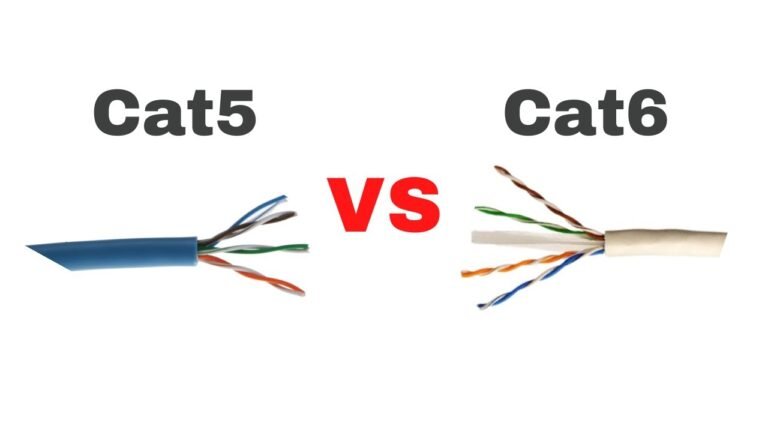7 Key Differences Between Cat5 Vs Cat6 Ethernet Cables

When choosing between Cat5 and Cat6 Ethernet cables, you should know a few key differences. Cat5 supports speeds up to 100 Mbps and 100 MHz bandwidth, while Cat6 handles up to 10 Gbps and 250 MHz. Cat6 minimizes signal interference…